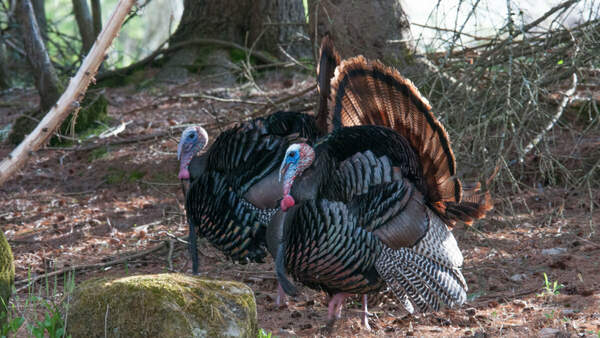Fawns are Arriving; Leave them Alone
MONTPELIER, Vt. — The Vermont Fish and Wildlife Department said deer fawns are being born this time of year and asks that people avoid disturbing or picking them up.
Most deer fawns are born in late May and the first and second weeks of June, according to Vermont deer biologist Nick Fortin.
Fortin said it is best to keep your distance because the fawn's mother is almost always nearby. When people see a small fawn alone, they often mistakenly assume it is helpless, lost or needing to be rescued.
Fawns do not attempt to evade predators during their first few weeks, instead relying on camouflage and stillness to remain undetected. During these times, fawns learn critical survival skills from their mothers. Bringing a fawn into a human environment results in separation from its mother, and it usually results in a sad ending for the animal.
Fortin encourages people to resist the urge to assist wildlife in ways that may be harmful, and he offered these tips:
-
Deer nurse their young at different times during the day and often leave their young alone for long periods of time. These animals are not lost. Their mother knows where they are and will return.
-
Deer normally will not feed or care for their young when people are close by.
-
Deer fawns will imprint on humans and lose their natural fear of people, which can be essential to their survival.
-
Keep domestic pets under control at all times. Dogs often will kill fawns and other young animals.
For the safety of all wildlife, taking a wild animal into captivity is illegal in Vermont.
"It's in the best interest of Vermonters and the wildlife that live here, for all of us to maintain a respectful distance and help keep wildlife wild," added Fortin.
















